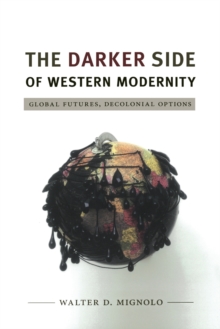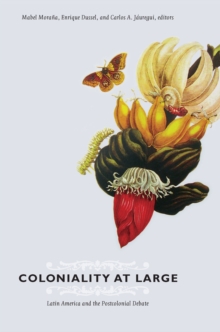
Extinct Lands, Temporal Geographies : Chicana Literature and the Urgency of Space PDF
by Brady Mary Pat Brady
Part of the Latin America Otherwise series
Description
The history of the American Southwest in large part entails the transformation of lived, embodied space into zones of police surveillance, warehouse districts, highway interchanges, and shopping malls-a movement that Chicana writers have contested from its inception. Brady examines this long-standing engagement with space, first in the work of early newspaper essayists and fiction writers who opposed Anglo characterizations of Northern Sonora that were highly detrimental to Mexican Americans, and then in the work of authors who explore border crossing. Through the writing of Sandra Cisneros, Cherrie Moraga, Terri de la Pena, Norma Cantu, Monserrat Fontes, Gloria Anzaldua, and others, Brady shows how categories such as race, gender, and sexuality are spatially enacted and created-and made to appear natural and unyielding. In a spatial critique of the war on drugs, she reveals how scale-the process by which space is divided, organized, and categorized-has become a crucial tool in the management and policing of the narcotics economy.
Information
-
Download - Immediately Available
- Format:PDF
- Pages:288 pages
- Publisher:Duke University Press
- Publication Date:15/11/2002
- Category:
- ISBN:9780822383864
Information
-
Download - Immediately Available
- Format:PDF
- Pages:288 pages
- Publisher:Duke University Press
- Publication Date:15/11/2002
- Category:
- ISBN:9780822383864










